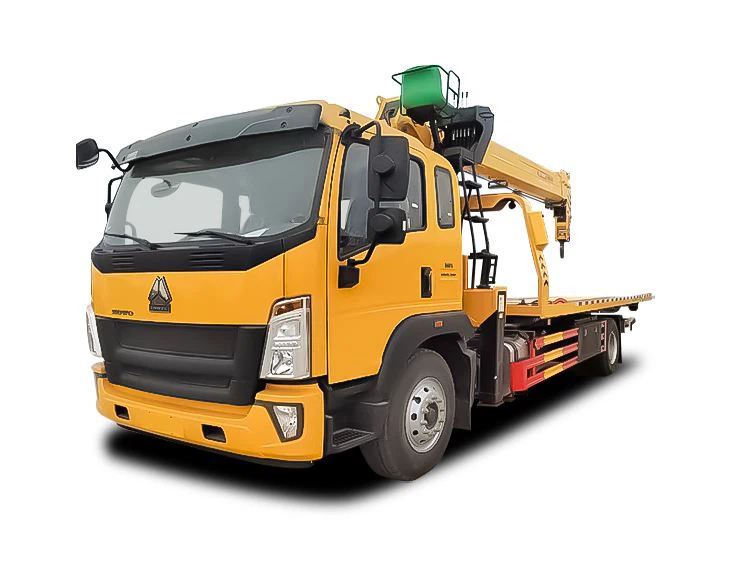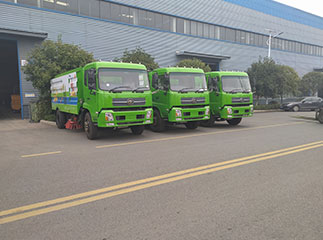In the ever-evolving world of logistics and transportation, trucks and containers play a pivotal role in the efficient movement of goods. This article delves into the relationship between trucks and containers, their functionalities, types, and importance in the supply chain. Whether you’re a logistics professional or simply curious about this field, you’ll find valuable insights and practical tips throughout.
Table of Contents
- Introduction
- What Are Trucks?
- Understanding Containers
- The Relationship Between Trucks and Containers
- The Logistics Process
- Cost Considerations in Truck and Container Transport
- Sustainability in Trucking and Container Shipping
- Best Practices for Efficient Use of Trucks and Containers
- Frequently Asked Questions

Introduction
The transportation sector is critical for business success, facilitating the movement of goods from manufacturers to consumers. Trucks are a vital part of this process, as they enable the transportation of containers filled with various products. Understanding how these two elements work together is essential not only for logistics professionals but also for individuals interested in the supply chain and transportation arenas.
What Are Trucks?
Trucks are motor vehicles designed primarily for transporting cargo. They come in various sizes and configurations, which allow them to handle a wide range of loads, from small deliveries to heavy industrial machinery.
Types of Trucks
| Type of Truck | Description |
|---|---|
| Light-Duty Trucks | Designed for light cargo, typically including pickup trucks and delivery vans. |
| Medium-Duty Trucks | Suitable for a variety of cargo, often used in municipal services and regional deliveries. |
| Heavy-Duty Trucks | Capable of carrying significant loads, essential for long-haul transportation. |
Truck Specifications
When selecting a truck, it’s vital to consider specifications such as load capacity, engine power, fuel efficiency, and dimensions. A typical heavy-duty truck can carry loads of up to 26,000 pounds, making it suitable for long-distance transportation.
Understanding Containers
Shipping containers are large standardized metal boxes used for transporting goods over land and sea. They allow for efficient intermodal transport, as they can be moved from ships to trucks and trains without needing to unpack their contents.
Types of Containers

| Type of Container | Description |
|---|---|
| Standard Containers | Most common type, used for general cargo; available in 20-foot and 40-foot sizes. |
| Reefer Containers | Temperature-controlled containers for transporting perishable goods. |
| Open Top Containers | Containers without a solid roof, allowing for oversized cargo. |
Container Specifications
Containers are manufactured according to strict international standards. A standard 20-foot container has a maximum payload of around 28,000 pounds and dimensions of 20 x 8 x 8.5 feet. Understanding these specifications is vital for selecting the right container for transporting goods.
The Relationship Between Trucks and Containers
The synergy between trucks and containers is essential for efficient logistics operations. Trucks are often used to transport containers to and from ports, warehouses, and distribution centers, bridging the gap between different modes of transport.
The Logistics Process
Effective logistics planning involves multiple stages, from the initial loading of goods into containers to the final delivery to customers. Here’s an overview:
Loading and Unloading Procedures
Loading a container onto a truck requires careful planning. Proper weight distribution is crucial to maintain balance during transport. Unloading should also be executed efficiently to prevent damage to goods and equipment.
Transportation and Delivery
Once loaded, trucks transport containers to various destinations. Delivery times will depend on distance, traffic conditions, and regulations such as weight limits and driving hours. Companies must optimize routes for efficiency and cost-effectiveness.
Cost Considerations in Truck and Container Transport
Cost management is a fundamental aspect of logistics. Factors influencing costs include:
- Fuel prices
- Maintenance and repair costs
- Driver wages
- Container rental fees
Strategically planning routes and investing in fuel-efficient vehicles can lead to substantial savings.
Sustainability in Trucking and Container Shipping
Sustainability is increasingly becoming a crucial focus in logistics. Companies are adopting eco-friendly practices such as using alternative fuels, optimizing routes for lower emissions, and utilizing energy-efficient equipment. This not only helps the environment but also reduces operational costs.
Best Practices for Efficient Use of Trucks and Containers
To maximize efficiency in trucking and container transport, consider the following best practices:
- Regular maintenance of trucks to prevent breakdowns.
- Training drivers on safe and efficient driving techniques.
- Implementing a tracking system for containers to monitor their location and status.
- Utilizing technology for route optimization.
Frequently Asked Questions
1. What is the maximum load a truck can carry?
The maximum load capacity of a truck varies significantly based on its class, but heavy-duty trucks can typically carry up to 26,000 pounds.
2. How are containers loaded onto trucks?

Containers are loaded onto trucks using specialized equipment such as cranes or hydraulic lift systems, ensuring proper weight distribution.
3. What types of containers are available for shipping?
Containers come in various types, including standard containers, reefer containers, and open-top containers, catering to different shipping needs.
4. How does sustainability impact trucking operations?
Sustainability practices, such as using alternative fuels and optimizing routes, help reduce carbon footprints and can also lead to cost savings.
5. What is intermodal transport?
Intermodal transport refers to the use of more than one mode of transport to move goods using standardized containers, facilitating seamless transitions between truck, rail, and ship.
6. How can I improve the efficiency of my logistics operations?
Improving logistics efficiency can be achieved by implementing technology for route optimization, conducting regular truck maintenance, and training staff on best practices.